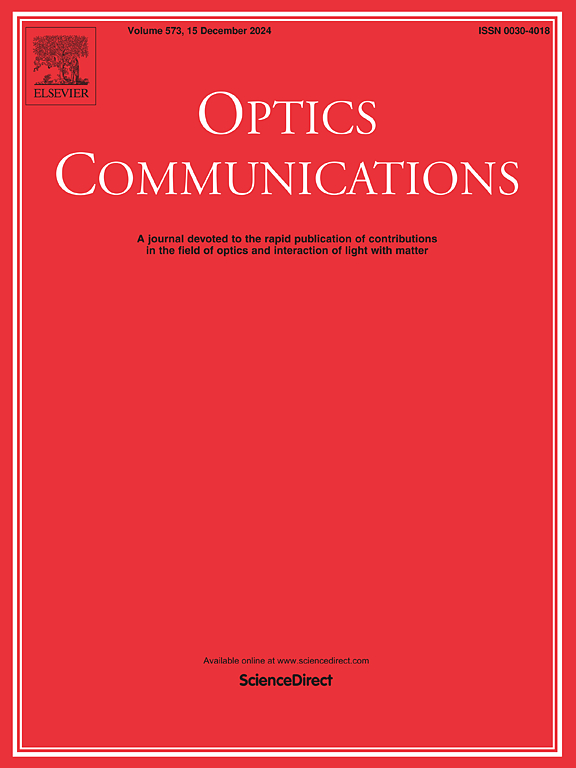Trace determination of dimethyl phthalate based on double F-type multi-frequency resonant metamaterial sensor
IF 2.2
3区 物理与天体物理
Q2 OPTICS
引用次数: 0
Abstract
Phthalate esters (PAEs) are a widely used plasticizer. Many studies have shown that some patients with some diseases such as breast, testis and kidney disease are related to their exposure to excessive PAEs. Dimethyl phthalate (DMP) is one of the substances in the PAEs group. The traditional methods of DMP detection have many problems, such as complicated operation, high cost and tedious sample preparation. Therefore, developing a fast, simple and low-cost DMP detection technology is necessary. The terahertz combined with metamaterial sensor detection method solves the problems existing in traditional detection. In this paper, a double F-type multi-resonant metamaterial sensor is proposed. The sensor has three resonance peaks, f1 = 0.267 THz, f2 = 0.364 THz, f3 = 0.649 THz and the maximum sensitivity of the three resonance peaks is 160 GHz/RIU. It can be used for high-sensitivity trace detection. The sensor is employed to detect the concentration of DMP solutions at varying levels. The lowest limit of detection this sensor for DMP solution is experimentally demonstrated to be 0.001%, which is in line with the DMP residue regulations of the European Union. The higher sensitivity of designed metamaterial sensors is expected to further applied in biomedical field for sensing and detection.
求助全文
约1分钟内获得全文
求助全文
来源期刊

Optics Communications
物理-光学
CiteScore
5.10
自引率
8.30%
发文量
681
审稿时长
38 days
期刊介绍:
Optics Communications invites original and timely contributions containing new results in various fields of optics and photonics. The journal considers theoretical and experimental research in areas ranging from the fundamental properties of light to technological applications. Topics covered include classical and quantum optics, optical physics and light-matter interactions, lasers, imaging, guided-wave optics and optical information processing. Manuscripts should offer clear evidence of novelty and significance. Papers concentrating on mathematical and computational issues, with limited connection to optics, are not suitable for publication in the Journal. Similarly, small technical advances, or papers concerned only with engineering applications or issues of materials science fall outside the journal scope.
 求助内容:
求助内容: 应助结果提醒方式:
应助结果提醒方式:


